
There are limited medical options for patients with advanced heart failure who are not candidates for heart transplantation or durable left ventricular assist device (LVAD). The use of palliative inotrope therapy for this population has been controversial with unclear efficacy and benefit.1,2 Dr. Farhad Sami and co-investigators sought to understand the impact of palliative home dobutamine versus home milrinone on 1-year survival in a contemporary cohort of patients with advanced heart failure admitted with cardiogenic shock, who were not candidates for heart transplant or LVAD.1
The study included 133 patients discharged with IV milrinone and 115 patients discharged with IV dobutamine. Baseline invasive hemodynamics and background beta-blocker and RAAS inhibitor therapy were similar between the two groups. However, at the time of discharge, more patients in the IV milrinone group were on beta-blockers (42.4 vs 8.8%) and mineralocorticoid antagonist therapy (72 vs 60%).1
Patients discharged with IV dobutamine had higher mortality at 1-year follow up when compared with those discharged with IV milrinone (84% vs 58%, p <0.001). Median survival in the IV milrinone group was 8.9 months compared with 4.4 months in the IV dobutamine group. However, in a multivariate analysis adjusting for discharge medications and comorbidities, the type of IV inotrope did not significantly predict 6-month survival.1
This study suggests that the higher mortality risk with home IV dobutamine compared to IV milrinone may be due to decreased concomitant GDMT use, rather than the mechanism of the inotropes themselves. This would align with our contemporary knowledge that GDMT improves mortality in patients with heart failure.3,4
This work builds upon a larger body of literature investigating the optimal inotrope for management of acute cardiogenic shock. The CAPITAL DOREMI trial was a single center randomized controlled trial of dobutamine versus milrinone for cardiogenic shock.5 The study surprisingly found no difference in the composite primary outcome of in-hospital death, resuscitated cardiac arrest, receipt of cardiac transplant or mechanical support, nonfatal myocardial infarction, stroke, or initiation of renal replacement therapy.5
CAPITAL DOREMI 2 is a follow-up study that is currently enrolling patients and will be a multicenter placebo-controlled trial of dobutamine versus milrinone in the initial resuscitation of cardiogenic shock. The expected study completion date is 2026.
While we eagerly await the results of DOREMI 2, it seems the jury is still out on the best inotrope strategy for both the acute management of cardiogenic shock and palliative therapy for patients with advanced heart failure.
Milrinone at home with beta-blockers and GDMT may be better than dobutamine.
Hypothesis generating data.
Palliative Inotropes in Advanced Heart Failure: Comparing Outcomes Between Milrinone and Dobutamine – Journal of Cardiac Failure https://t.co/HYAOrwBPv1
— Andrew J Sauer MD (@AndrewJSauer) September 17, 2022
References.
- Sami F, Acharya P, Noonan G, et al. Palliative Inotropes in Advanced Heart Failure: Comparing Outcomes Between Milrinone and Dobutamine. Journal of Cardiac Failure. Published online September 2022:S1071916422007114. doi:10.1016/j.cardfail.2022.08.007
- Stevenson LW. Clinical use of inotropic therapy for heart failure: looking backward or forward? Part II: chronic inotropic therapy. Circulation. 2003;108(4):492-497. doi:10.1161/01.CIR.0000078349.43742.8A
- Tran RH, Aldemerdash A, Chang P, et al. Guideline-Directed Medical Therapy and Survival Following Hospitalization in Patients with Heart Failure. Pharmacotherapy. 2018;38(4):406-416. doi:10.1002/phar.2091
- Gilstrap LG, Fonarow GC, Desai AS, et al. Initiation, Continuation, or Withdrawal of Angiotensin-Converting Enzyme Inhibitors/Angiotensin Receptor Blockers and Outcomes in Patients Hospitalized With Heart Failure With Reduced Ejection Fraction. J Am Heart Assoc. 2017;6(2):e004675. doi:10.1161/JAHA.116.004675
- Mathew R, Di Santo P, Jung RG, et al. Milrinone as Compared with Dobutamine in the Treatment of Cardiogenic Shock. N Engl J Med. 2021;385(6):516-525. doi:10.1056/NEJMoa2026845

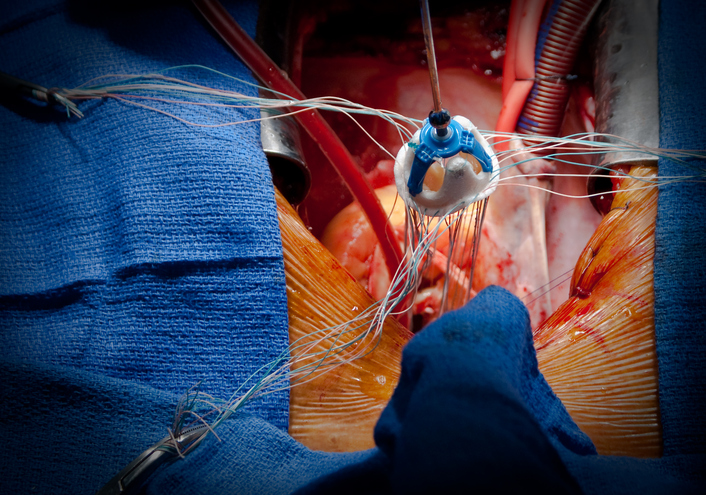
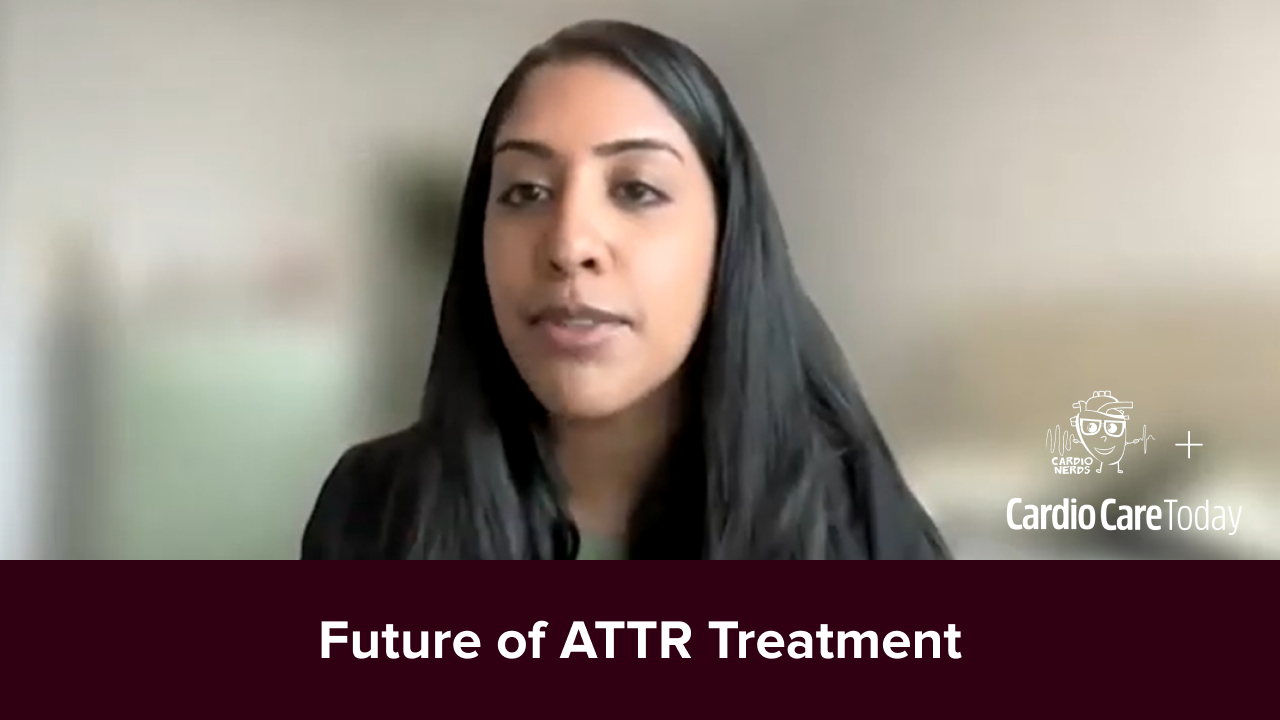
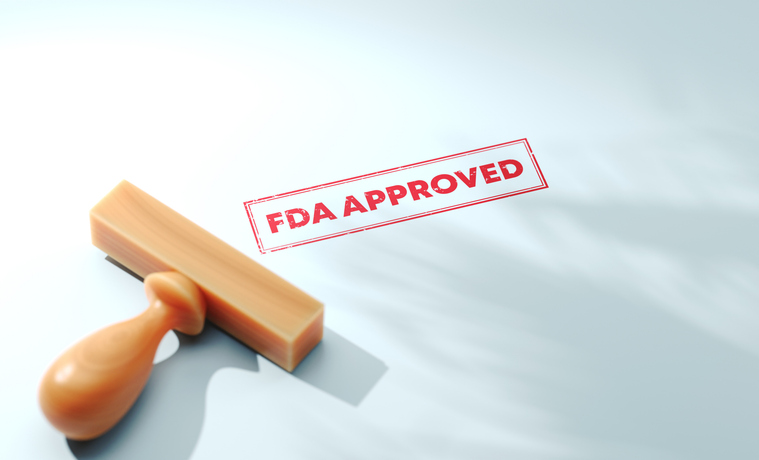
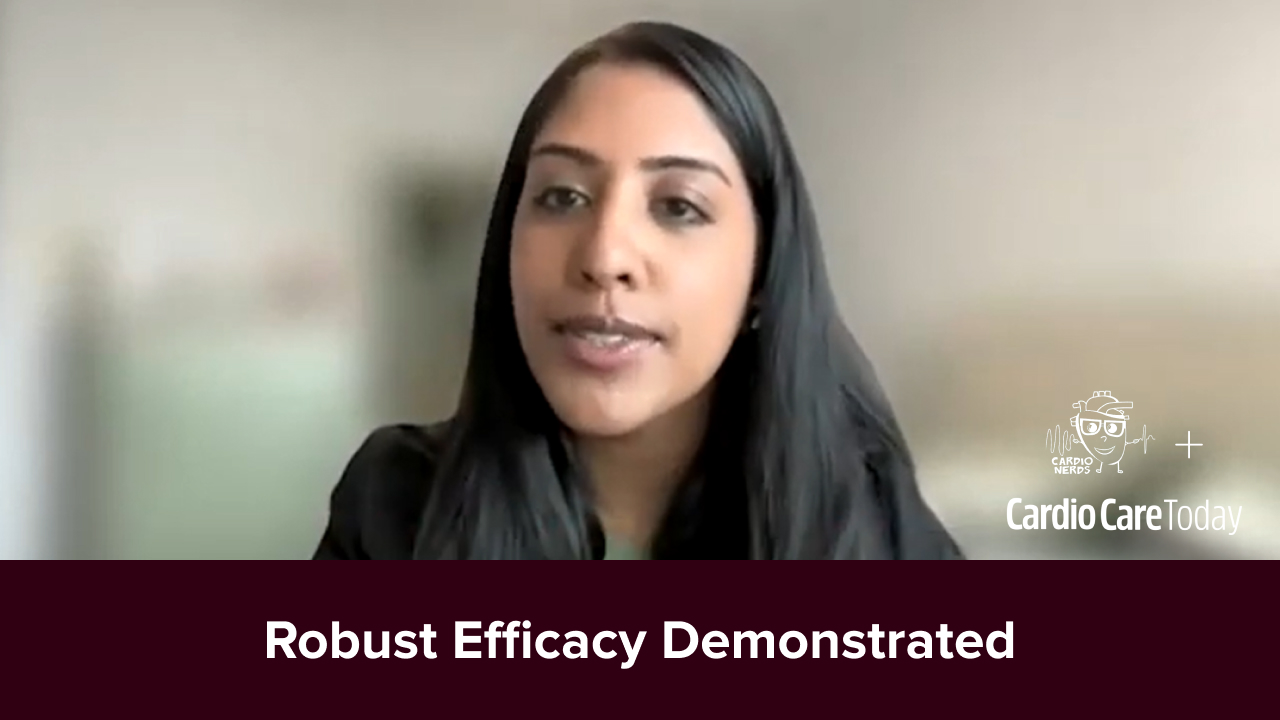
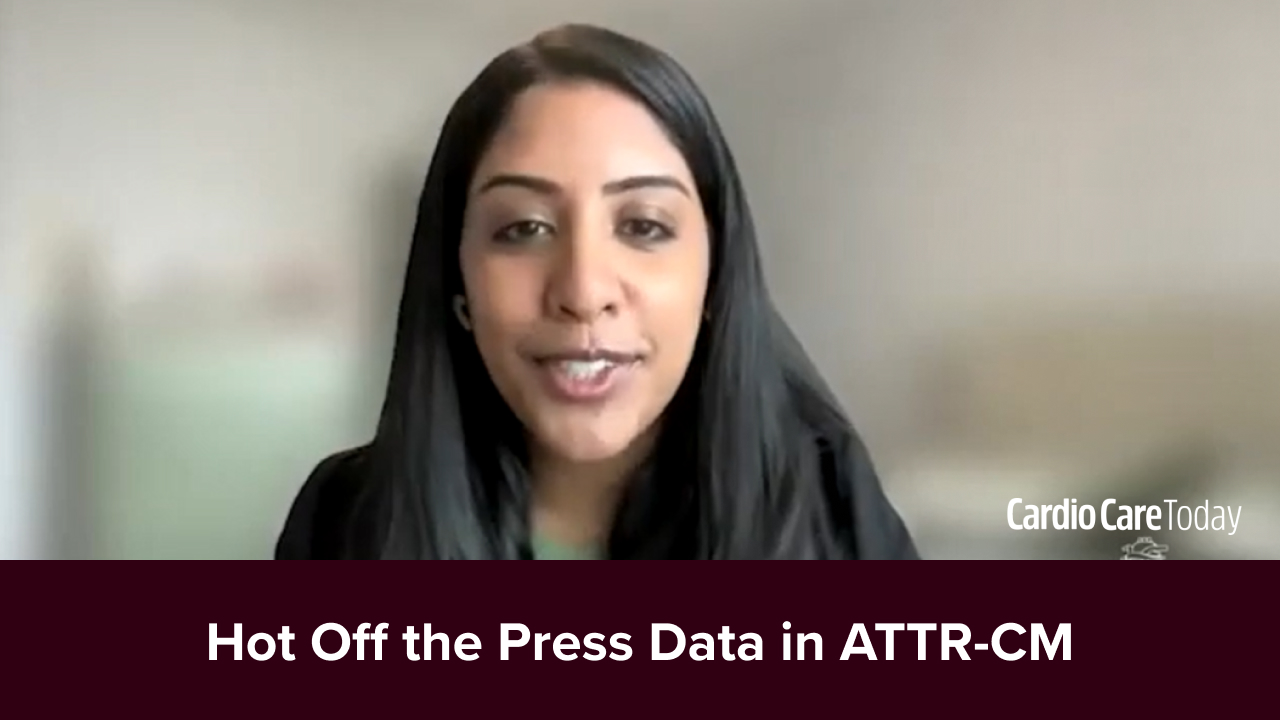

 © 2025 Mashup Media, LLC, a Formedics Property. All Rights Reserved.
© 2025 Mashup Media, LLC, a Formedics Property. All Rights Reserved.